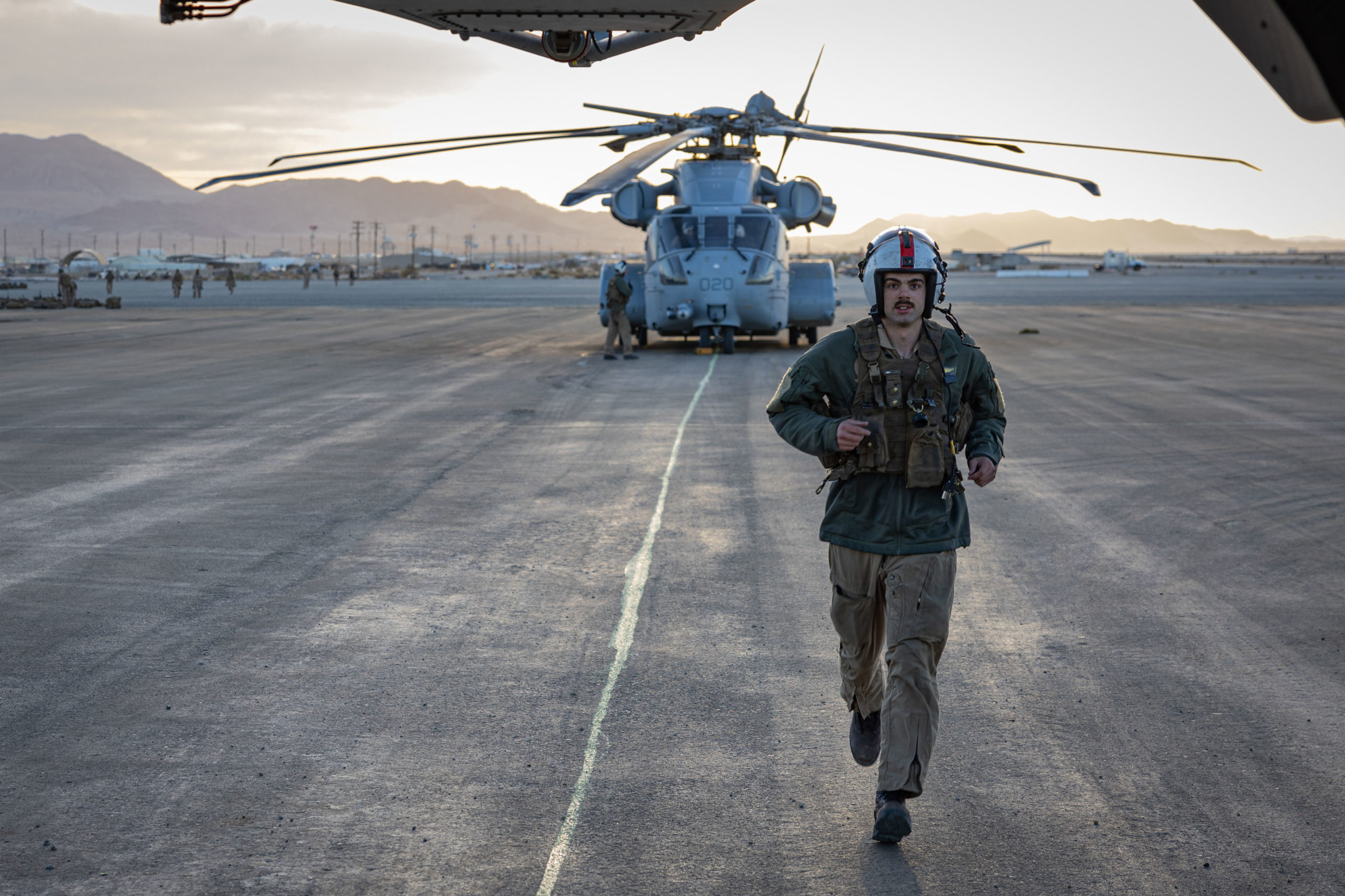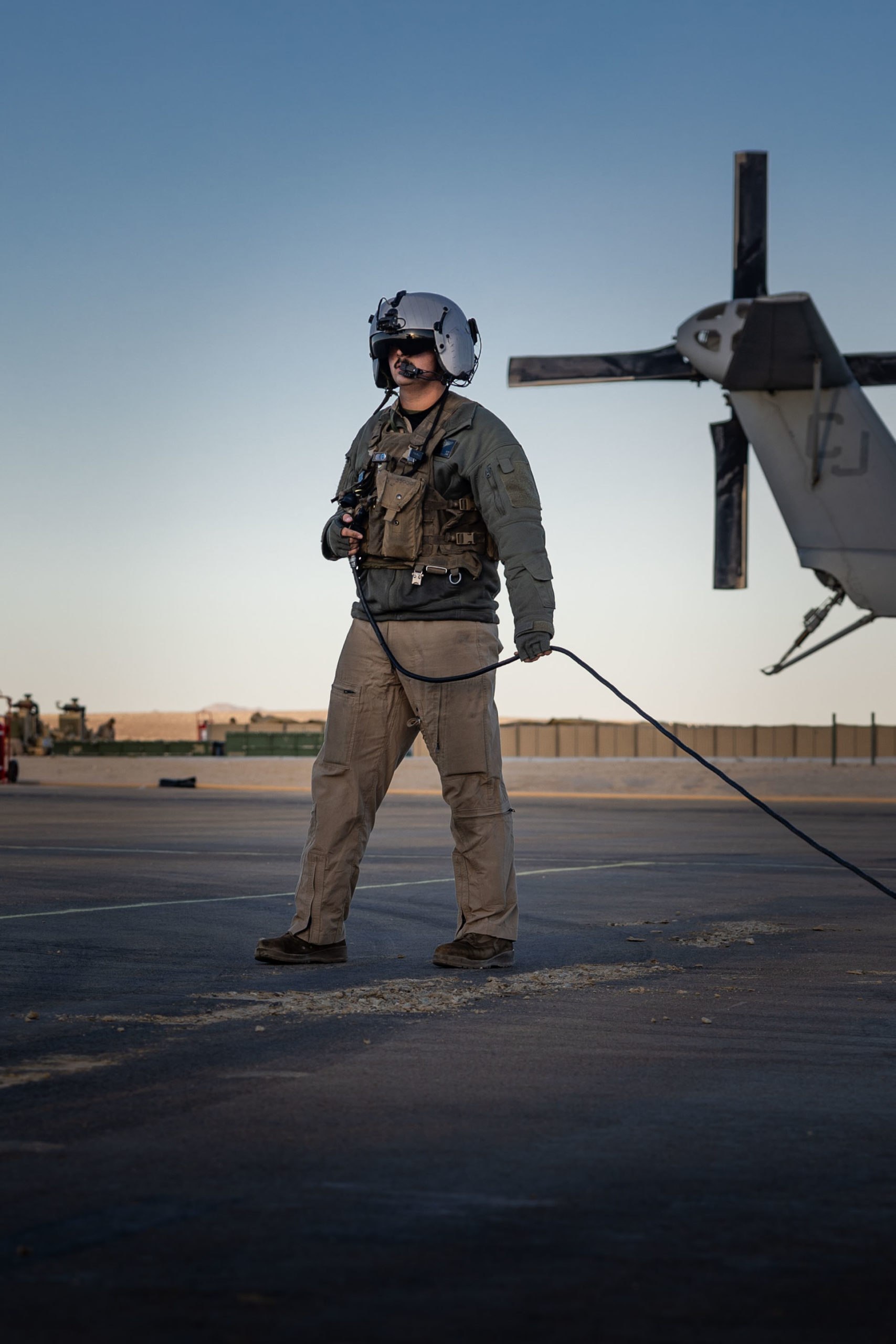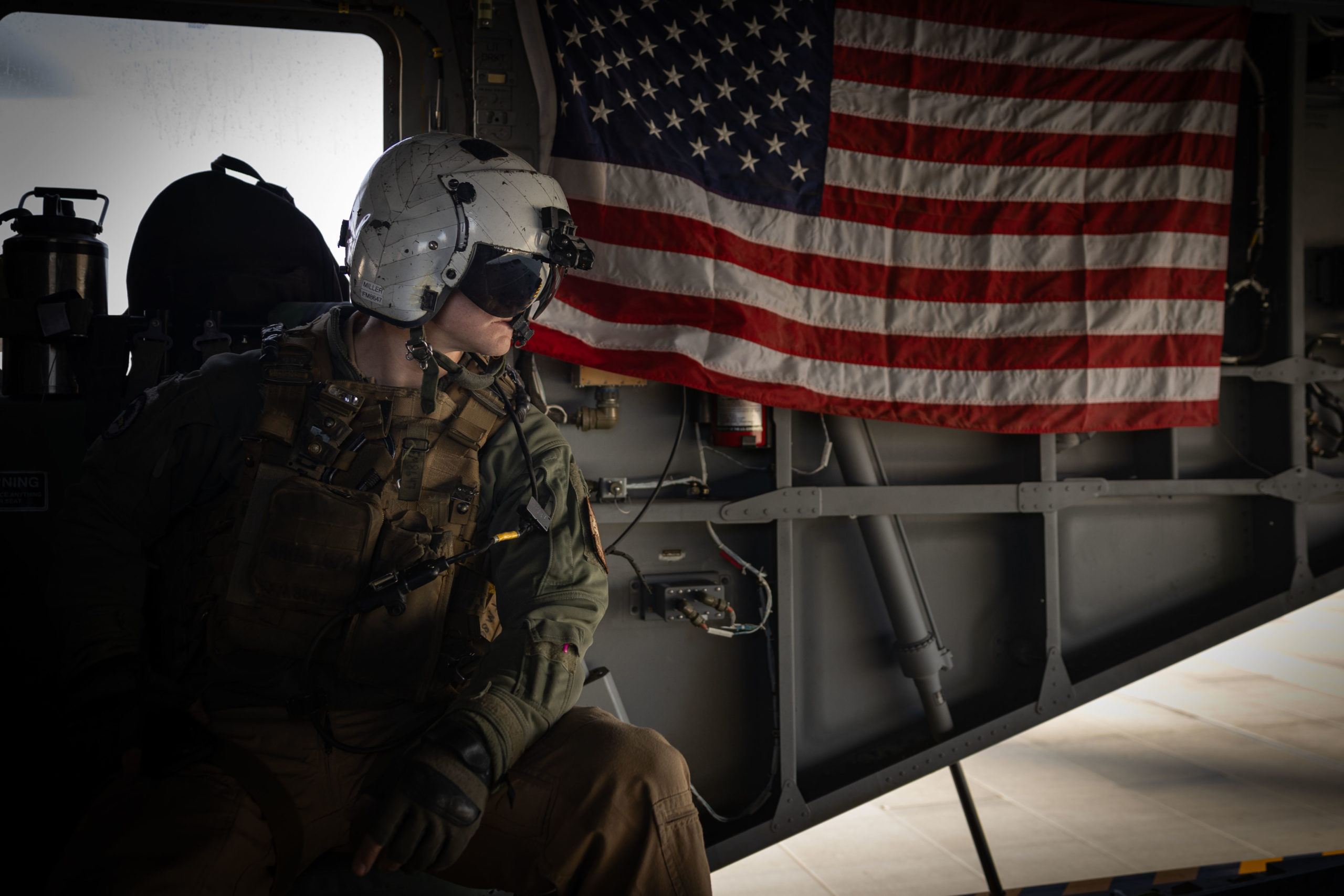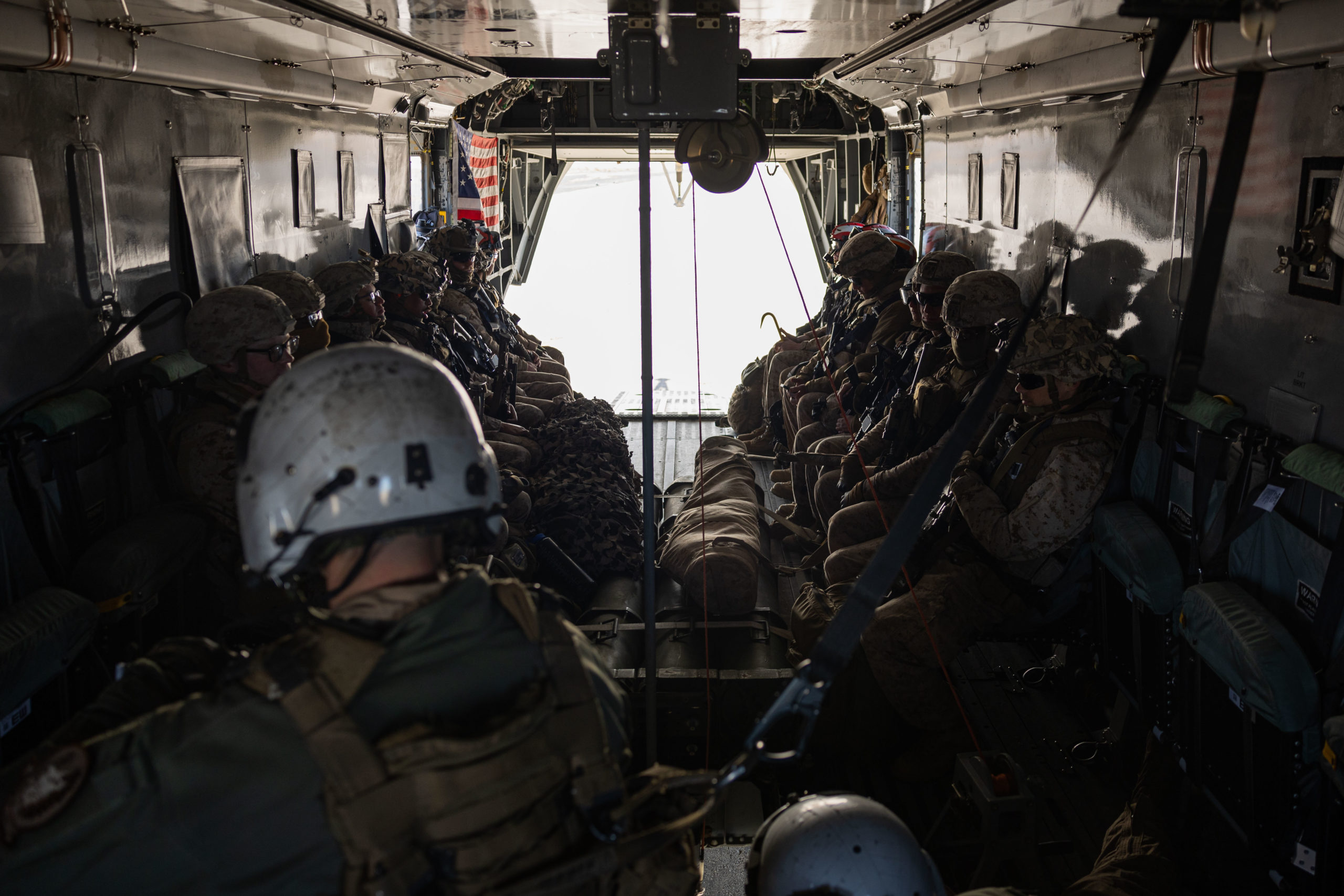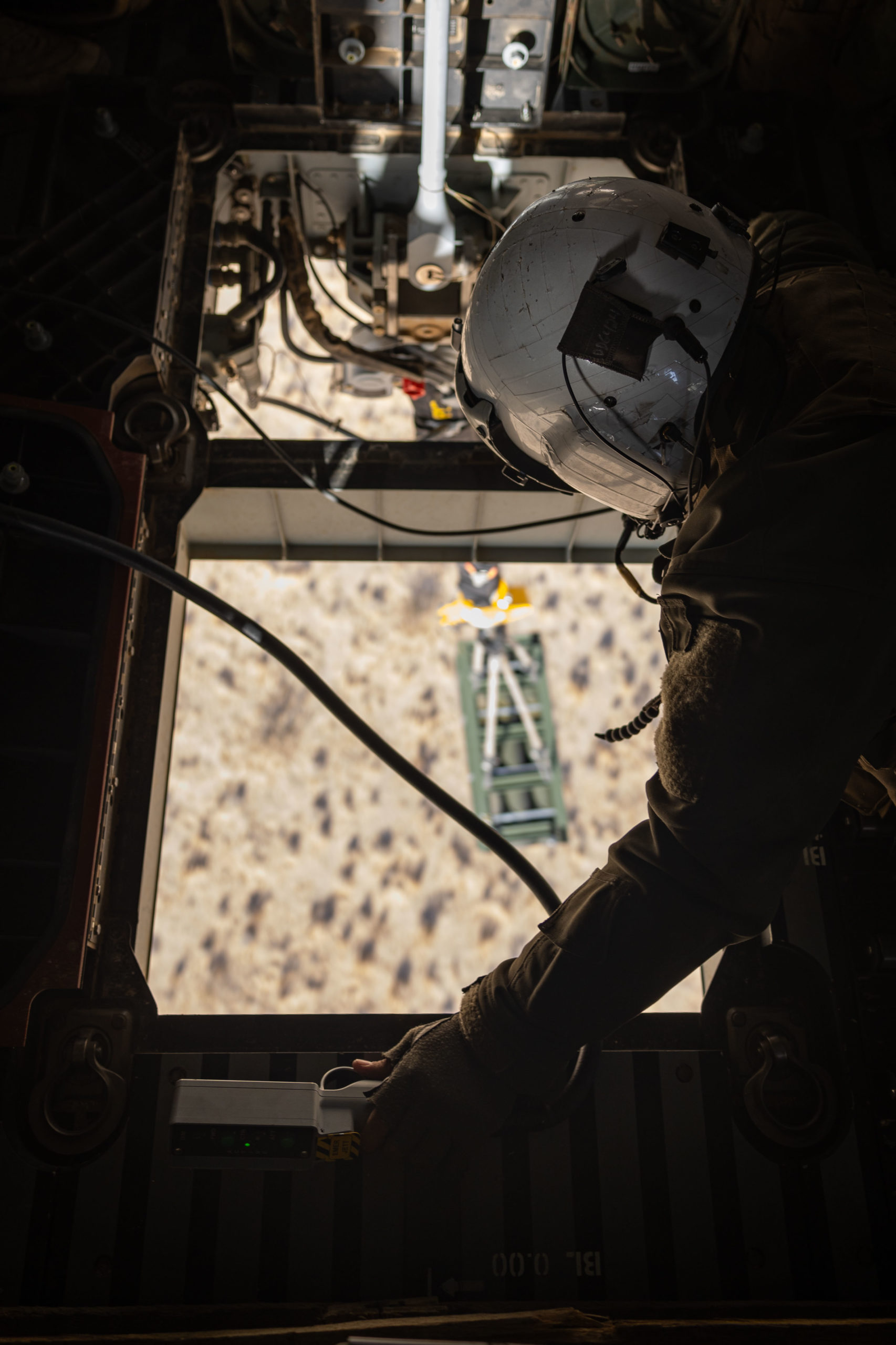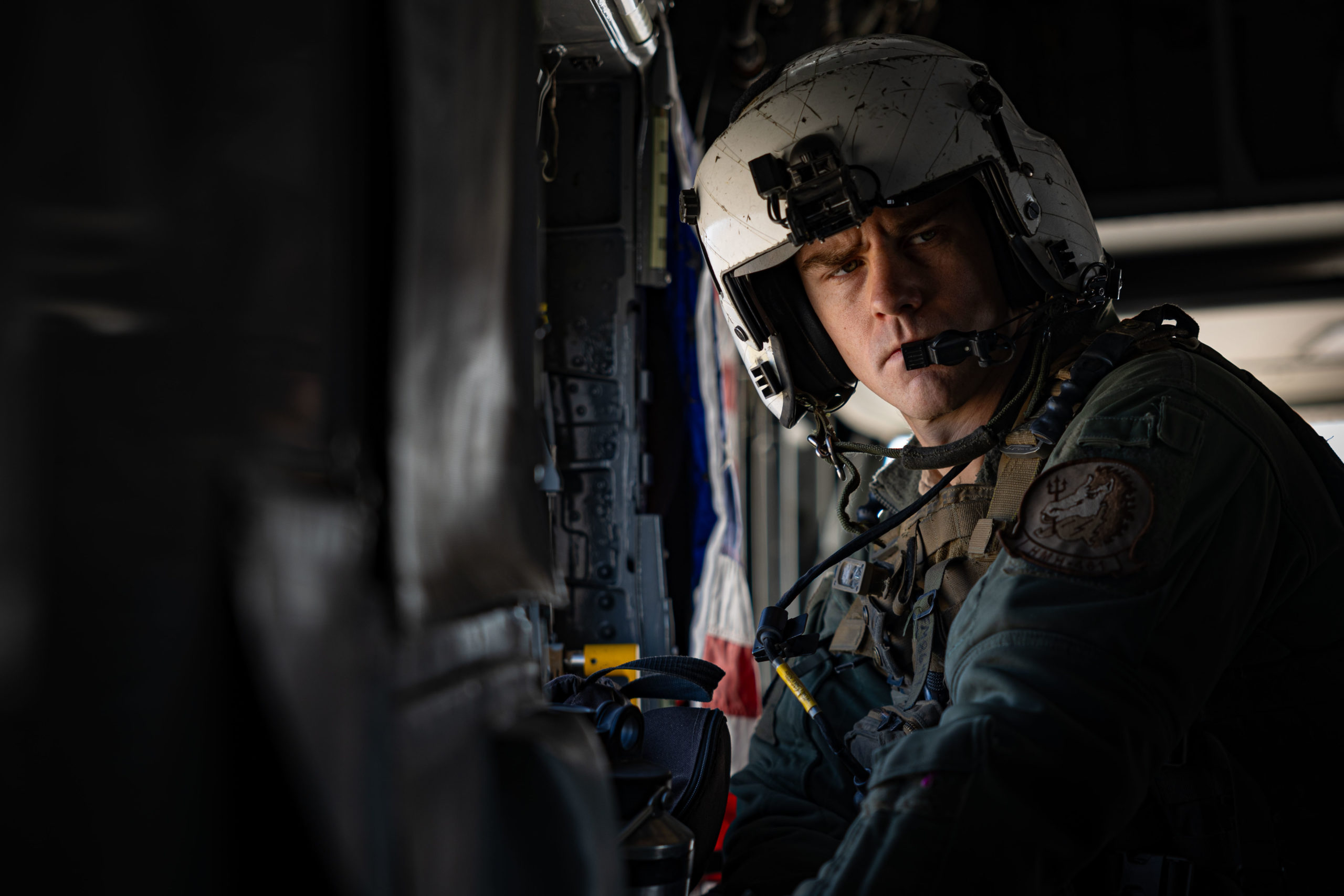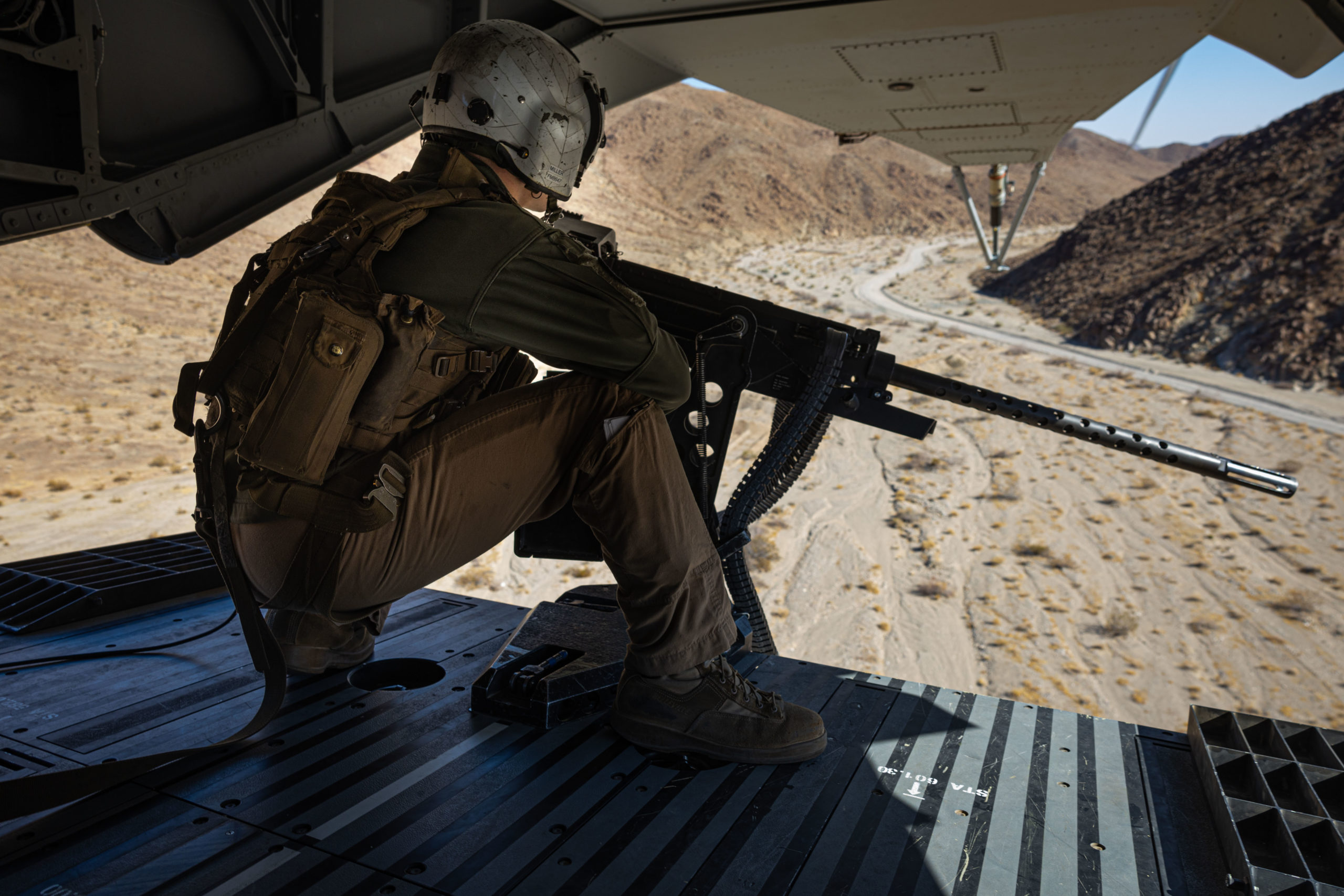By Pippa Malmgren
I have been quiet for a little while. I had a series of life events that slowed me down since mid-December. One of them was the passing of my mentor, my great friend, my father. I moved back to Washington DC last year partly to spend time with him in his later years. We wanted to observe the extraordinary changes in American politics being brought about by this last Presidential election together. We could see that things were not unfolding as usual. He had so many incredible prescient insights given his extraordinary career (see below) advising so many Presidents and leaders and major companies and sectors around the world. We worked on a book together. We shared incredible laughs as we got to know each other again. We never expected to have this precious time to share again. You grow up, leave home, and visits to your parents are usually fleeting. But we lived together, which allowed for a much deeper reconnection. It was an incredible gift to us both.
But, I’m finding that my grief is interfering with my writing. I’m pausing the subscriptions and happy to extend any existing subscriptions to allow for this quiet window. I’m about to begin a profound spiritual journey to Kumbh Mela. Somehow my Dad and the universe conspired to send me there just as my father left this earthly plane, last week. We both agreed that the more advanced technology becomes, the greater the demand for humanity to achieve a greater degree of spiritual skill. He wanted me to go on the largest spiritual pilgrimage in the world. 400 million people are attending this year. So I am going to turn my energy to this process and wish to ask you for your indulgence for another two weeks. I will write when I return.

In the meantime, here is my Dad’s bio for those who are not so familiar with him. He had one issue he was especially interested in during his latter days. He quite enjoyed breaking the internet with it. It was the question of what we do as we recognize that we’ve been arrogant to believe that we are alone in the world. What happens as people wake up to intelligence(s) that exceed our own and operate in ways that our caged minds cannot fully comprehend? He did an interview on this, which he finished just before falling ill with aspirational pneumonia. It is coming…..
The Hon. Amb. Dr. Harald Malmgren served as an advisor to Presidents Kennedy, Johnson, Nixon and Ford, to US Senators Abraham A. Ribicoff and Russell B. Long, and United States Senate Committee on Finance, as well as to many Prime Ministers and Presidents of Japan, Korea, France, Germany, Australia and the EU. He was born in Boston and grew up in Rhode Island, on Narragansett Bay. He won athletic and academic scholarships to Rennsalear and then Yale University and graduated second in his class with a BA. He then won a Henry Fellowship for his D. Phil at Oxford University (Queen’s and Nuffield). He was Research Assistant to Tom Schelling at Yale as Schelling pioneered the use of game theory to solve societal problems. He was then supervised in his doctorate at Oxford by Sir John Hicks, both Hicks and Schelling went on to win Nobel Prizes. Malmgren’s paper, “Information, Expectations and the Theory of The Firm,” published in 1961, is still featured as one of a few original historical foundations of the then-emerging field of “New Institutional Economics.” His work was part of the historically important debate on the value of free markets versus central planning, which had been fiercely argued between Ludwig von Mises and Oscar Lange. Both Lange and Friedrich von Hayek spent time with him as he wrote his doctoral thesis. The Soviets later told him they had studied his work on this critical question.
After completing his doctorate at Oxford, Malmgren was immediately appointed the Galen Stone Joint Chair in Mathematical Economics in the Department of Engineering and in the College of Arts and Sciences, at Cornell University, with lifelong tenure. He served there from 1961-62. At Cornell, he was fortunate to befriend Professor Hans Bethe, of Manhattan Project fame, and popularly known among physicists as the most important scientific problem solver of the Twentieth Century. Malmgren also became friends with the writer Vladimir Nabakov and lived in his house during Nabokov’s sabbaticals.
Malmgren left Cornell when Secretary of Defence Robert McNamara asked him to become the youngest of the “Whiz Kids” under President John F Kennedy. He was assigned to The Institute for Defense Analysis and appointed as the joint liaison between The White House National Security Council and the Joint Chiefs just as the Cuban Missile Crisis began. This put him at the center of the crisis negotiations in the Pentagon situation room. He was concerned that he lacked the stature to influence the decision-making. President Kennedy and the Secretary of Defence said his role was to keep asking tough questions that were designed to slow down the Joint Chiefs and buy time for diplomatic solutions. While General Curtis LeMay, Chief of the US Air Force at the time, argued that his bomber squadron should drop nuclear weapons on the Soviet Union to prevent any further nuclear intimidation, Malmgren argued for restraint and negotiation. He pointed out that hitting Moscow with nuclear bombs would leave the US without a counterparty to negotiate with. He suggested it be leaked to the Soviets that the U.S. would not target Moscow, hoping that the Soviets would not target Washington DC in return. The crisis was ultimately resolved peacefully, averting what might have been a nuclear catastrophe.
Malmgren later traveled and lectured with Herman Kahn (noted physicist and author of On Thermonuclear War, Thinking about the Unthinkable, etc.) in the U.S, Asia and Europe. He wrote several classified papers on thermonuclear war, NATO defenses, and U.S. anti-missile technologies, and an unclassified paper on battlefield deployment of forces on the NATO central front, “A Forward-Pause Defense for Europe”, Orbis (University of Pennsylvania), fall, 1964. This article on the history and contemporary relevance of static/fixed vs. mobile/fluid defense strategies generated much attention in the US Military and was reprinted in Military Review, the Professional Journal of the U.S. Army, in May 1965. His interest in nuclear matters began at age thirteen when he wrote to the Atomic Energy Commission requesting information on the subject. Karl Compton, President of MIT 1930-1948, who had assembled the Manhattan Project team, tried to recruit him to MIT on a full scholarship when he was just fourteen years old, but he and his parents decided he was too young to leave home.
After the Cuban Missile Crisis, he was asked to formulate a strategy for preventing another such crisis in future and appointed as Head of the Economics Group of the U.S. Joint Chiefs of Staff, Weapons Systems Evaluation Group (WSEG), in the Pentagon and given responsibility for costing weapons systems. He proposed an Anti-Ballistic Missile System, arguing that this strategy would force the Soviet Union to spend roughly seven times more than the US on defense than it would cost the US to develop the system. It seems doubtful at the time that such a system could be made to work, but, he argued that this did not matter because the Soviets would still be forced to spend to defend themselves against it. Later, Russian officials claimed they could never get any intelligence on this ABM system. It had not occurred to them that it did not actually exist. This strategic concept ultimately bankrupted the Soviet Union when it culminated in The Strategic Defence Initiative, or the “Star Wars”, defence system announced years later by President Reagan. Malmgren oversaw many missile tests in these roles, including the controversial Blue Gill Triple Prime test which prompted both President Kennedy and Vice President Lyndon Johnson to urgently visit Los Alamos and the Sandia Labs in December 1962.
Malmgren notably predicted that the Soviet Union would collapse from economic pressures, which was far from the consensus view at the time. He then advised the nascent post-Soviet Russian leadership on the reconstruction of Russia after the Fall of the Berlin Wall and the demise of the Soviet Union. The Mayor of St Petersburg, Anatoly Sobchack, asked him to join an advisory council to Russia that included Vladimir Putin, whom he came to know personally.
President’s Kennedy and Johnson asked Malmgren to create what became the Office of U.S. Trade Representative within the White House. President Johnson sent him on a secret mission to Japan to secure the first-ever Voluntary Export Restraints on Textiles.
Hserved as senior economist and Executive Assistant to the U.S. Trade Representative under Christian Herter (formerly Secretary of State, Governor of Massachusetts, and Member of Congress). In 1965, he was appointed as the first U.S. Assistant Special Representative for Trade Negotiations. President Nixon appointed him the Principal Deputy U.S. Trade Representative, with the rank of Ambassador. In this role, he served as the principal US trade negotiator under President Nixon and then under President Gerald Ford. He later served for several subsequent years as special adviser on trade policy to the U.S. Senate Finance Committee. He was behind most of the trade deals struck by the US between 1963 and 1974 when he was deeply involved in the crafting of the landmark Trade Act of 1974. Through 1974, Malmgren personally worked interactively with Senate Finance Committee Chairman Russell Long and Senator Herman Talmadge to draft the historically innovative “fast track trade negotiations” provision, which became embodied in the Trade Act of 1974 – the first major revision of US trade law since the Reciprocal Trade Agreements Act of 1934.
When President Nixon opened the dialogue with the Communist world, he sent Henry Kissinger to Beijing and quietly sent Malmgren to Moscow as his personal emissary on numerous occasions. Nixon asked him, “Are you a Republican or a Democrat?” He replied, “Yes”. Nixon laughed and said, “What does that mean?” Malmgren replied, “It means I solve problems for the country.” In early 1972, Malmgren was the first U.S. official to call for the creation of a Transpacific economic cooperation organization. In 1973, President Nixon appointed him as his personal emissary in the negotiations with French President Pompidou, Malmgren and French Finance Minister Valéry Giscard d’Estaing to devise and launch the Tokyo Round of world trade negotiations (1973-1979).
In 1975 when Malmgren left government service, he became a Woodrow Wilson Fellow at the Smithsonian Institution. In 1998, he co-founded the Cordell Hull Institute with former Secretary of State Lawrence Eagleburger. He also lectured at Georgetown University, SAIS and at George Washington University as Professor of Business and Public Management. He also served as adviser to Several Presidential Commissions, Special Adviser to the OECD Secretary-General, the OECD‘s Wise Men’s Group on Global Economic and Financial Reform, and the Secretary General of the United Nations Conference on Trade and Development.
He became Special Adviser to Senator Abraham Ribicoff in 1971, advising on the negotiations to assist the Jewish community in the Soviet Union secure safe passage to the United States after the Soviets raised the cost of exit visas in the early 1970’s.
When President Ford took office in 1974 he asked him to serve as Special Adviser on global economic and security issues and to William Seidman, Assistant to the President for Economic Affairs. President Ford’s first request of him was to redesign the President’s Daily Briefing (PDB) and bring in greater input from the NSA. The PDB had, in his view, too much information about the private lives of foreign leaders and not enough about grain shipments and oil flows as indicators of stress and intent. During his career he also briefed and advised virtually every Prime Minister in Japan from 1971 to 1985. He was also an advisor to The Blue House in Korea. In the mid-1980s former Japanese prime minister Takeo Fukuda asked Malmgren to serve as policy adviser to the Interaction Council, the independent association of former heads of government of all nations. He continued in this role with Fukuda’s successor, Helmut Schmidt, former Chancellor of Germany, who had overseen the reunification of Germany and with whom he became close friends.
He advised Toyota Corporation for many years and encouraged them to set up manufacturing facilities inside the U.S. in the early 1980’s, just as American car firms began outsourcing production overseas. Mr. Toyota asked him to identify potential locations. They agreed that Toyota’s teamwork approach to the assembly line would work best in the parts of America where people have a strong sense of community and “help each other build their homes and barns.” This is how they chose Lexington Kentucky. Toyota opened a plant there in 1986 which quickly became Toyota’s most profitable and innovative manufacturing facility in the world. Ever since, Toyota has produced more American-made auto content than any other automaker inside the U.S. His understanding of the U.S. Japan relationship was so deep that the Japanese Government asked him to quietly tutor one of their young diplomats while she was working in Washington DC working for the Japanese Ministry of Foreign Affairs. She later became Empress Masako of Japan.
In 1977 he founded the Malmgren Group (international economic consultancy and advisory services on corporate and financial strategies to several CEOs of major U.S. and foreign corporations and banks, and consultancy services to the European Union Commission), and in 1979 also founded the UK company, Malmgren, Golt & Kingston Ltd., 1979 to 1995, consultants to multinational companies, financial institutions, and the Commission of the European Union on European business and regulatory affairs. Most recently, he collaborated with me, his eldest daughter, to serve as the Chairman of my Geopolitica Institute.
He wrote numerous peer-reviewed scholarly articles. articles in diverse journals, including those of The National Academy of Sciences, The National Academy, The Royal Academy (UK), Royal Academy of Science (Sweden), Foreign Affairs, Foreign Affairs, and Foreign Policy, which was founded by his close friend and collaborator Samuel P Huntingdon.
His work also influenced the law. In 2019, Malmgren was called in as the closing expert witness in the historic breakup of AT&T in U.S vs. AT&T, presided over by Judge Harold Greene. He argued that the US should not break it up, or at least proceed slowly to give time to US manufacturing to pick up the work that had been done at “Ma Bell.” His exposition of the historic background and Congressional intent of key provisions of the Trade Act of 1974 (M.J. Marks and H.B. Malmgren, “Negotiating Nontariff Distortions to Trade,” Law and Policy in International Business, Georgetown University, Vol.7, No.2, 1975 was cited by the Supreme Court of the United States as explanatory basis of its historically significant trade policy determination in Zenith vs. US Treasury, 1978 [Zenith Radio Corporation v. United States, 437 U.S. 443 (1978)].
He wrote Economic Peacekeeping in Phase Two in 1973 and was interviewed by Robbin Laird in a book that was released just a few days after his death: Assessing Global Change: Strategic Perspectives of Dr. Harald Malmgren.
This was published by Pippa on her substack publication.
Credit graphic: ID 210749666 © Anett22 | Dreamstime.com







